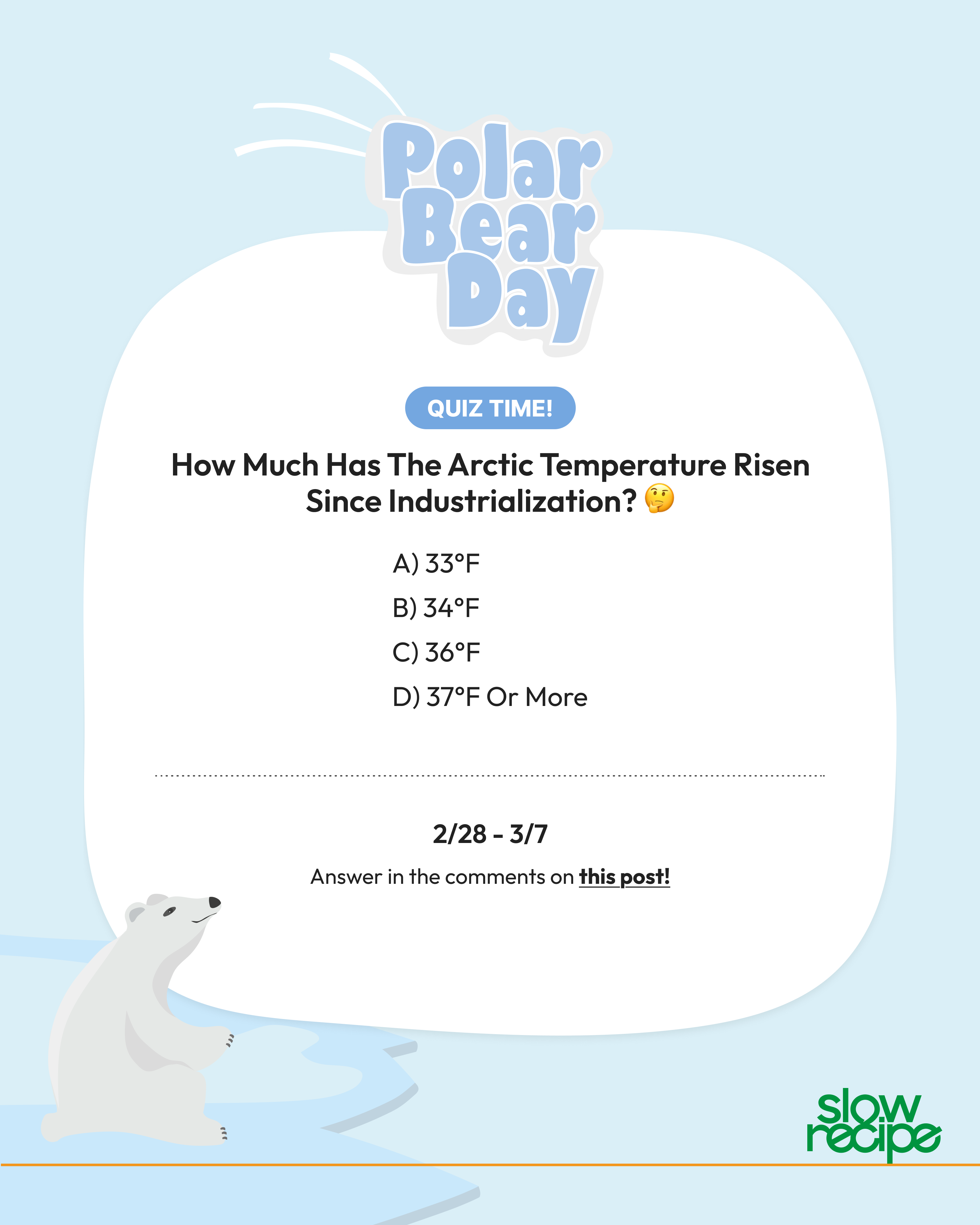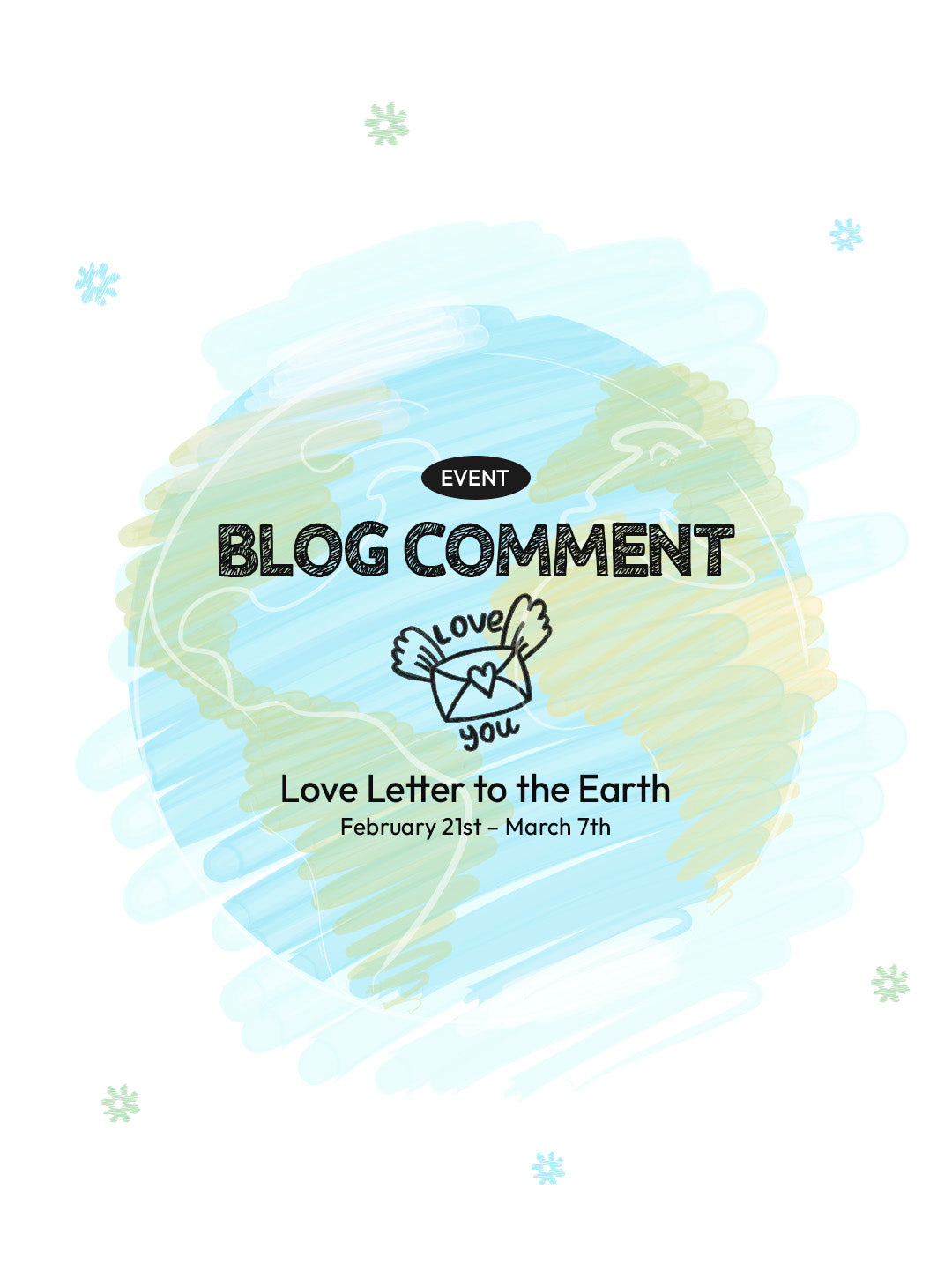The Truth About Exaggerated Cosmetic Advertising and Greenwashing: What Consumers Need to Know
As marketing strategies become more sophisticated, it is becoming increasingly difficult for consumers to determine whether the information provided in cosmetic advertisements is factual. Exaggerated cosmetic advertising and greenwashing are two common tactics used to mislead consumers. In this post, we will explore these issues and discuss how to become a savvy consumer.
Types of Exaggerated Cosmetic Advertising
Exaggerated claims in cosmetic advertising generally fall into four categories:
(1) Exaggerated Efficacy
Many advertisements suggest that a product can bring about dramatic changes in a short period. For instance, claims like "Your skin will look 5 years younger with just one application!" can set unrealistic expectations. However, cosmetics primarily help maintain skin health rather than deliver immediate, drastic results.
(2) Misleading as a Medicinal Product
Some advertisements imply that cosmetics can treat medical conditions. For example, claims such as "Cures hair loss!" may mislead consumers into believing the product has medicinal properties. However, cosmetics are not drugs and cannot treat specific medical conditions.
(3) Lack of Scientific Evidence
Scientific-sounding phrases are often used to gain consumer trust, yet they may lack verification. Claims such as "○○ ingredient regenerates skin cells five times faster!" are often unsubstantiated. Without credible scientific backing, such statements can be misleading.
(4) Exaggerated Consumer Reviews
Some brands highlight the popularity of their products through potentially exaggerated reviews, such as "A product praised by millions!" These claims may involve manipulated or even fake reviews.
Greenwashing: Marketing Disguised as Sustainability
With increasing consumer interest in eco-friendly products, some companies attempt to market their products as more environmentally friendly than they actually are—a practice known as greenwashing. Common tactics include:
(1) Unsupported Eco-Friendly Claims
Some products are advertised as "100% environmentally friendly" without any concrete evidence to support the claim. Without proper analysis of their environmental impact, such claims serve only as marketing buzzwords.
(2) Use of Vague Terms
Terms like "Eco", "Natural", "Green" are frequently used to create an eco-friendly image. However, these words lack legal definitions, making it easy for companies to mislead consumers.
(3) Highlighting Only Partial Sustainability
Some brands emphasize a single sustainable aspect of a product while ignoring its overall environmental impact. For instance, a product’s packaging may be eco-friendly, but its ingredients may not be.
(4) Misuse and Misrepresentation of Certifications
Some companies falsely display eco-certification marks or exaggerate their significance, misleading consumers into believing their products are officially certified when they are not.
How Consumers Can Protect Themselves
Consumers can make more informed choices by taking the following precautions:
Critically analyze advertising claims : Be skeptical of exaggerated claims that promise unrealistic results.
Check ingredient lists : Review product ingredients to ensure they align with eco-friendly claims.
Verify official certifications : Cross-check environmental certifications on official websites.
Look for genuine consumer reviews : Seek out independent product reviews while being mindful of potentially sponsored content.
By making informed choices, consumers can encourage brands to adopt more honest marketing strategies. Avoid being misled by exaggerated claims and greenwashing, and become a smarter shopper!
Slow Recipe’s Value-Driven Product Admission Process
To combat these misleading practices, Slow Recipe carefully selects only trustworthy brands through a strict product admission process. We meticulously review brands for exaggerated or misleading advertisements, ensuring that only Worth the Slow products are featured in our store.
Our product admission process consists of four key steps:
(1) Brand & Product Exploration
We select brands that align with our 17 core values, ensuring they offer genuinely sustainable products rather than simply marketing a green image.
(2) Online Preliminary Review
We evaluate the product’s ingredients and packaging online to detect any exaggerated claims or greenwashing tactics.
(3) Physical Inspection & Testing
We test samples firsthand to verify the product's quality and user experience, ensuring it matches the advertised claims.
(4) Brand Meeting
We meet with brand representatives to discuss their philosophy and vision, further assessing whether they genuinely adhere to sustainable and ethical values.
Through this meticulous process, only carefully vetted products make it into our selection, ensuring we introduce only the best products to our customers.
Only the products that pass this process are selected for our platform, ensuring we recommend trustworthy products to our customers.
Our 17 Criteria for Sustainable Consumption
Slow Recipe helps customers engage in sustainable consumption by evaluating brands based on 17 core value icons. These criteria are divided into two categories:
6 certified icons from trusted organizations.
11 icons that Slow Recipe personally verifies by examining products and ingredients.
[certified]
|
|
|
|
 (OEKO TEX) (OEKO TEX) |
|
|
|
 (Leaping Bunny) (Leaping Bunny) |
[Self-verified]
|
|
|
|
|
|
|
|
|
|
|
|
|
|
* Click on the icons to view the products that meet these criteria
Bringing You Real Stories of Brand Admissions
Slow Recipe collaborates with Worth the Slow brands to provide consumers with reliable, high-quality products. To share this journey with our community, we will conduct monthly on-site interviews at brand offices and research facilities, offering an in-depth look at outstanding Korean brands we have discovered.
✔ What is the brand’s philosophy?
✔ How is the product made?
✔ What led the brand to join Slow Recipe?
Our first featured brand will be introduced on Friday, March 21st , under the ‘Stories’ tab. Stay tuned and share your thoughts! If there’s a brand you’d like us to explore, let us know in the comments, and we’ll create blog content based on your requests.







